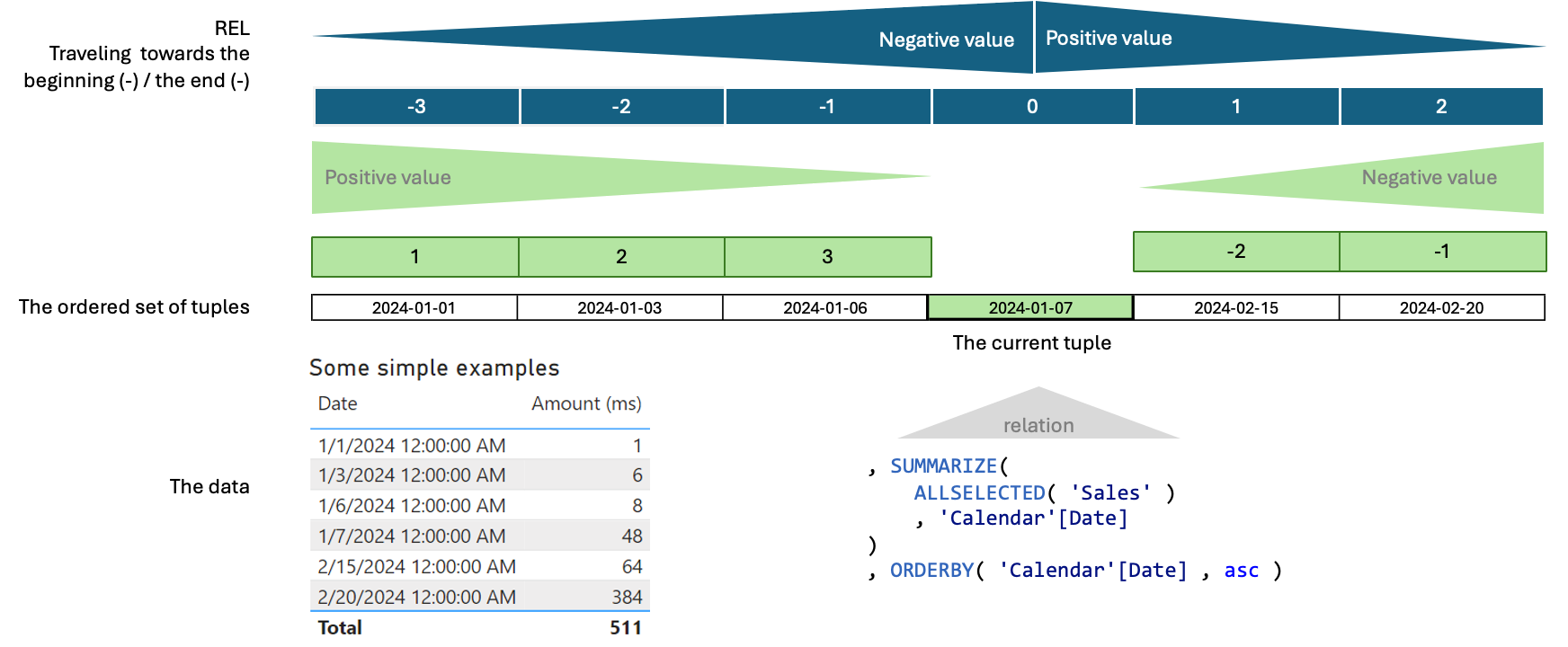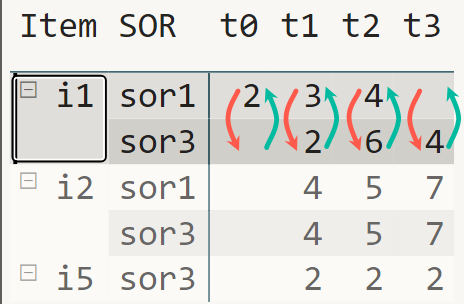DAX · 09. März 2024
The DAX windowing functions have helped me a lot in tackling complex analytical challenges. Nevertheless, I do not use them daily. This means sometimes I need time to regain the “windowing feel” again. This article will shorten the time until I’m thinking “windowing” again. Maybe it might help you as well.
Data Visualization · 03. März 2024
I think that the combination of the tremendous possibilities of Deneb and Power BI's DAX measures can tackle almost all data visualizations challenges for this reason I lean to Deneb whenever an extra twist is needed in my data visualizations for quite some time.
Data Visualization · 19. Dezember 2023
Most of the time, when creating a stacked bar or column chart, my focus is the total value of the stacks, not the comparison of the segments across stacks. Ordering the segments by value still allows us to easily spot differences in the importance of segments across the stacks.
DAX · 17. September 2023
This article describes the process of how I solve complex DAX, of course there is some fancy DAX included.
Data Modeling · 24. April 2022
One of the powerful features of the Tabular data model is to extend the model by adding calculated columns and measures. Both objects are defined using DAX, but besides this similarity, they are entirely different beasts. Here you will find guidance when to use what!
DAX · 26. Dezember 2021
This article is about durations.
When we are looking at something like this: 2:00
We think, at least most of the people I know, an event that takes 2 hours.
But when we change the notation just a little to 2:00 AM, we think: Whoa, that’s early (or late, depending on the perspective, of course).
Power Query · 18. Januar 2021
I tend to create tables using M or a combination of point-and-click and M, because these tables are treated as base tables if the model is refreshed and for this reason these tables will benefit from all the compression magic, whereas tables created using DAX are not that well compressed.
DAX · 17. Januar 2021
There is just one thing that is more satisfying than writing complex DAX measures, and that is avoiding complex DAX due to smart data modeling.
DAX · 02. November 2020
This article will provide a different approach to tackle a common requirement, determining the previous value given a current date.
Power BI · 13. Juni 2020
A common search strategy has to combine multiple items with an AND instead of the default OR. This Power BI file contains two DAX measures solving a search operation with the fancy name: relational division







